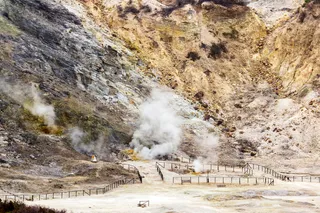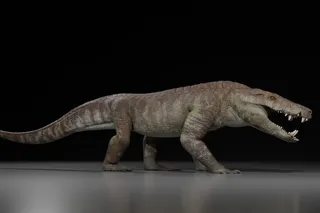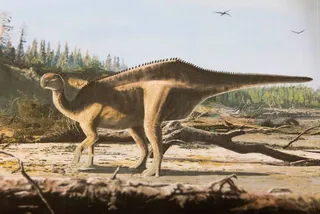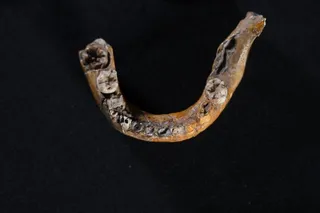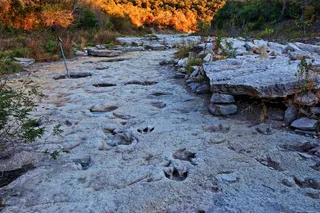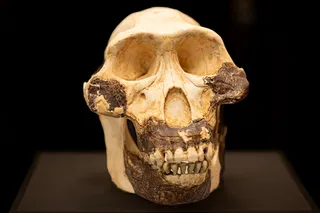A 30,000-year-old vulture feather represents a “two-for-the-price-of one” discovery: the fossil itself, and the first evidence that volcanic ash can preserve such soft tissues in exquisite detail.
The feather itself is not a new find; a Roman landowner in 1889 came across evidence of entire bird preserved as a three-dimensional impression. Its details included eye lids and wing feathers. However, new research published in the journal Geology demonstrates that preservation extends to microscopic feather pigment structures. That level of detail was maintained over millennia due to zeolite in the ashes surrounding the fossil.
Zeolites — rich in silicon and aluminum — are minerals common in volcanic and hydrothermal geological settings. This discovery of its preservation properties has important implications for paleontology and archeology.
“This new mode of soft tissue preservation has the capacity for a remarkable quality of preservation, extending to the microscale and three dimensions,” according to the paper.
...





